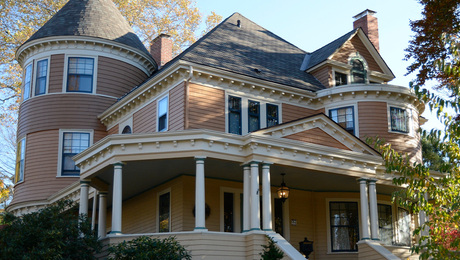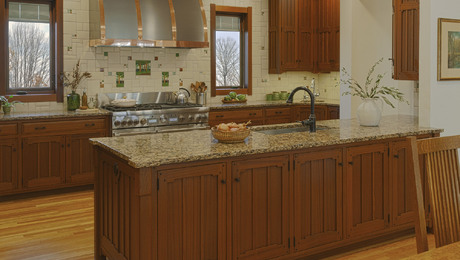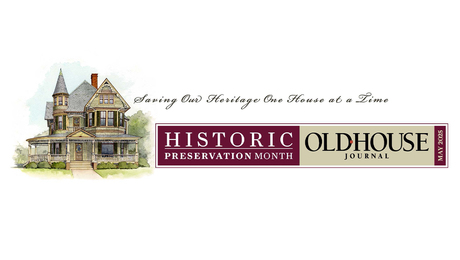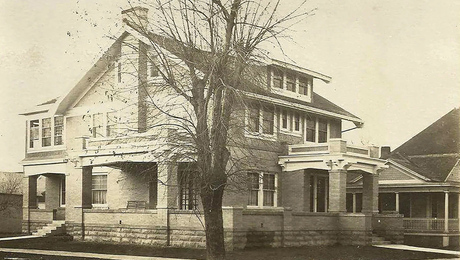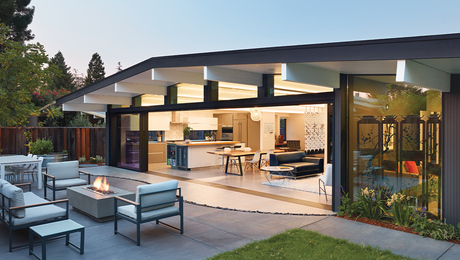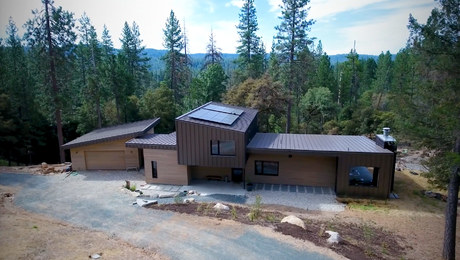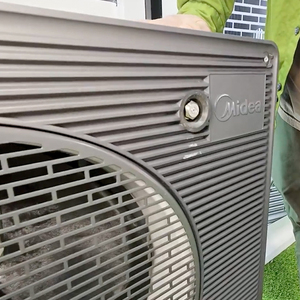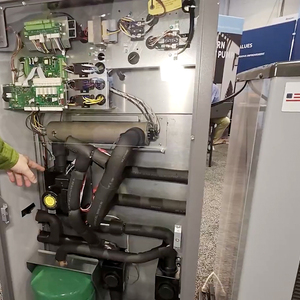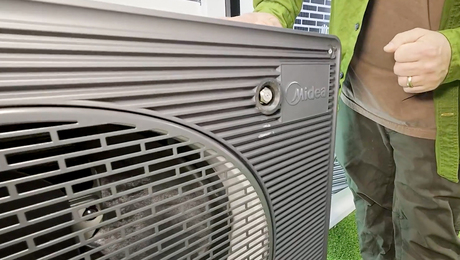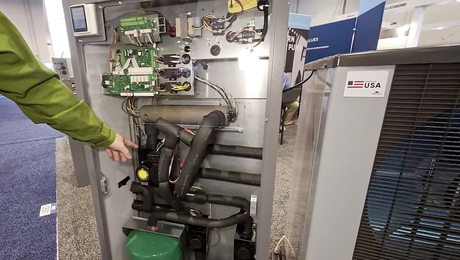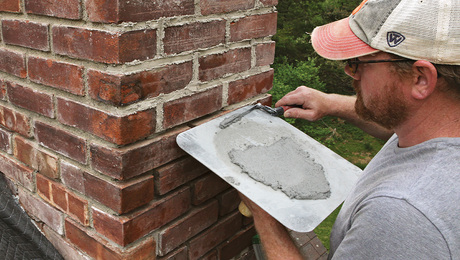Preservation Terms to Know
The integrity of the house depends on owners respecting its language.
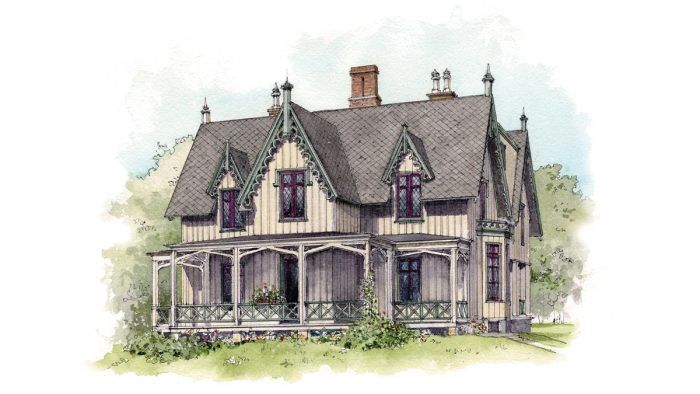
You can honor design integrity while creating personal comfort. Style cues abound: in the design of the façade, the mantel and staircase. Let the house itself tell you what it wants to be. No need to erase original features in a quest for comfort and personal preference.
In fact, you may even find that period design provides inspiration. Read on to discover some key words and terms that are often used in the world of home preservation.
1.) Adaptive ReuseRecycling an old building for a use other than that for which it was originally constructed. A neutral term, it might involve a sensitive rehab that retains much of the original character, especially on the exterior. Or it can mean extensive remodeling of the structure and details. |
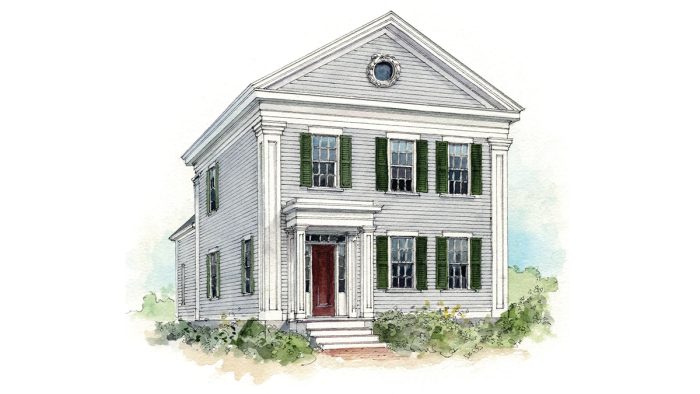
2.) Interpretive Restoration
A less scholarly approach than the historic restoration employed by museum houses, this involves keeping original architectural features intact while reconstructing missing elements as faithfully as budget allows. The decoration and furnishing of interior spaces are appropriate to the style and era of the house, but there is no attempt to duplicate what was there originally. It’s a “might have been” approach—what might have been if the original owners had your taste, say. Most homeowner restorations are interpretive.
3.) ModernizingThe intention is clear in the word itself: to make the exterior or interior of a building more contemporary in use or appearance or both. |
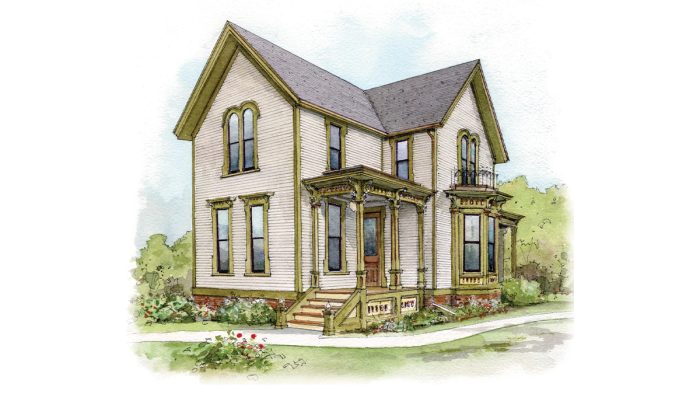
4.) Preservation
An umbrella term these days, it has meant keeping an existing building in its current state by a careful program of maintenance and repair. Such organizations as Historic New England, in the forefront of preservation practice, prefer this approach to more invasive ones, including restoration. Essentially, preservation means leave it alone and do no harm.
5.) ReconstructionRe-creating a historic building that has been damaged or destroyed by erecting a new structure or part of a structure that resembles the original as closely as possible. |
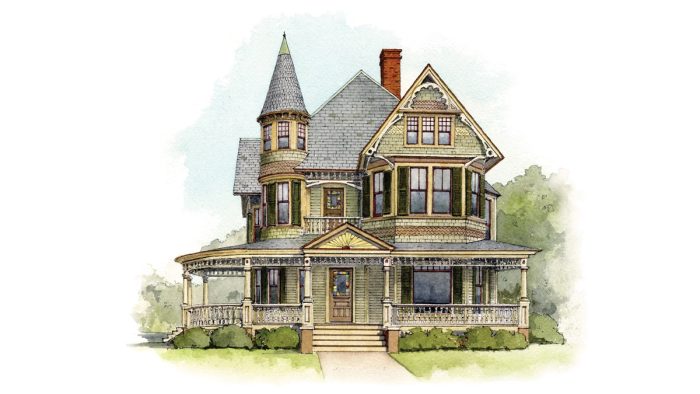
6.) Rehabilitation
To make a structure sound and usable again, without attempting to restore the original appearance. Sensitive rehabilitation respects the character-defining features of a building and retains them when possible.
7.) RemodelingChanging the appearance and style of a structure, inside or out, by removing or covering original details and substituting new materials and forms. |
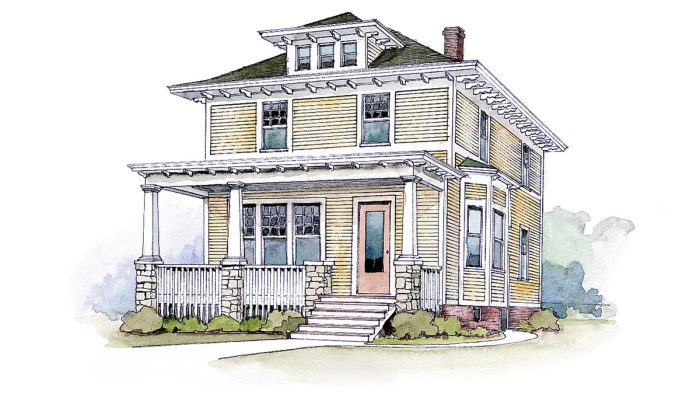
8.) Remuddling
An Old House Journal column since the 1980s, this play on the word “remodeling” suggests work that confuses, or ruins, the appearance and design intention of the original building.
9.) RenovationTo “make new.” This approach is often more extensive than rehabilitation in that a greater proportion of new materials and elements is introduced, along with changes to accommodate modern expectations. The word has been embraced even by those with a preservation mindset as a pragmatic adjunct to restoration. |

10.) Restoration
The term has a specific meaning in the museum world: the meticulous return of a building to its exact appearance during a chosen period. It may even involve removing additions. Historic restoration is a scholarly approach. When the word is used in the context of a private house, it usually means sensitive rehabilitation. Also see Interpretive Restoration, above.
RELATED STORIES
- How it Works: Historic Designations
- How to Save an Old House
- What to Look for When Buying an Old House
 |
Fine Homebuilding Recommended Products
Fine Homebuilding receives a commission for items purchased through links on this site, including Amazon Associates and other affiliate advertising programs.
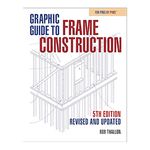
Graphic Guide to Frame Construction
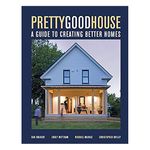
Pretty Good House
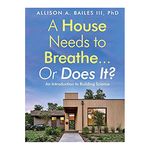
A House Needs to Breathe...Or Does It?: An Introduction to Building Science
